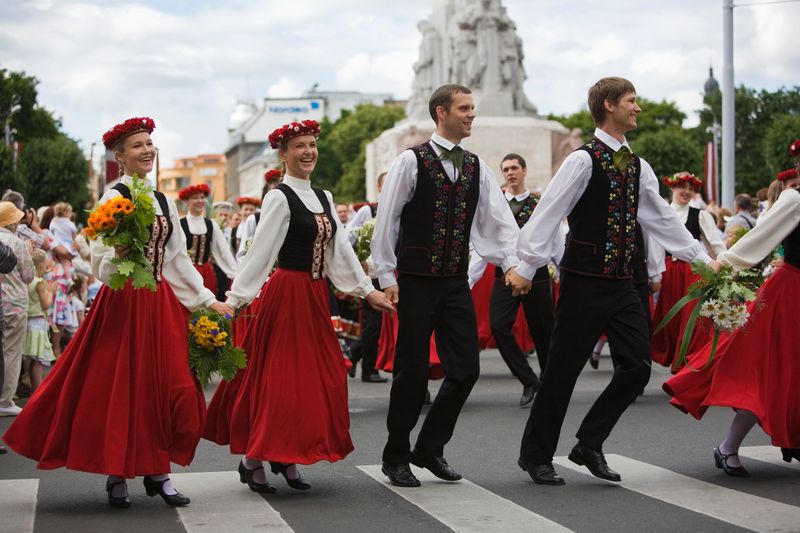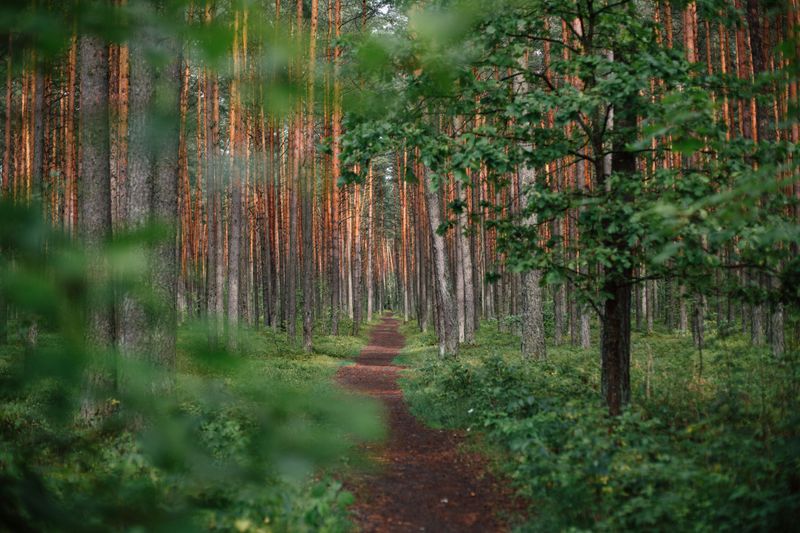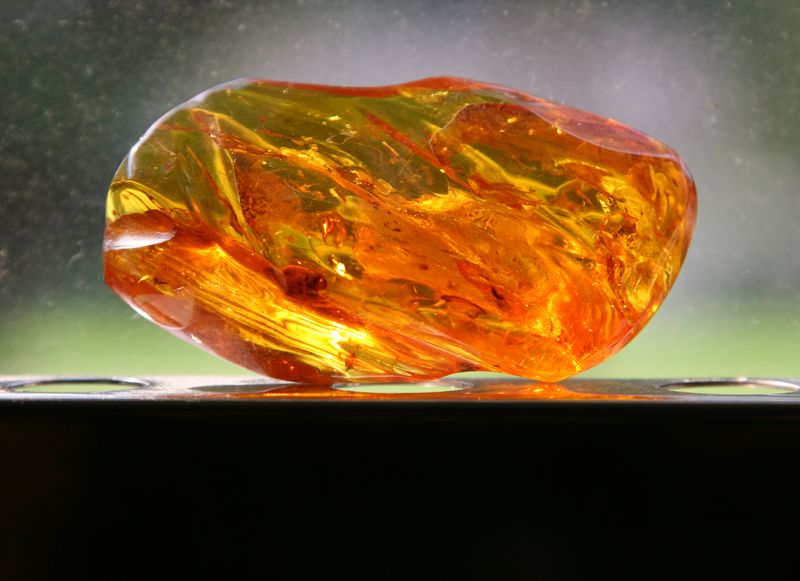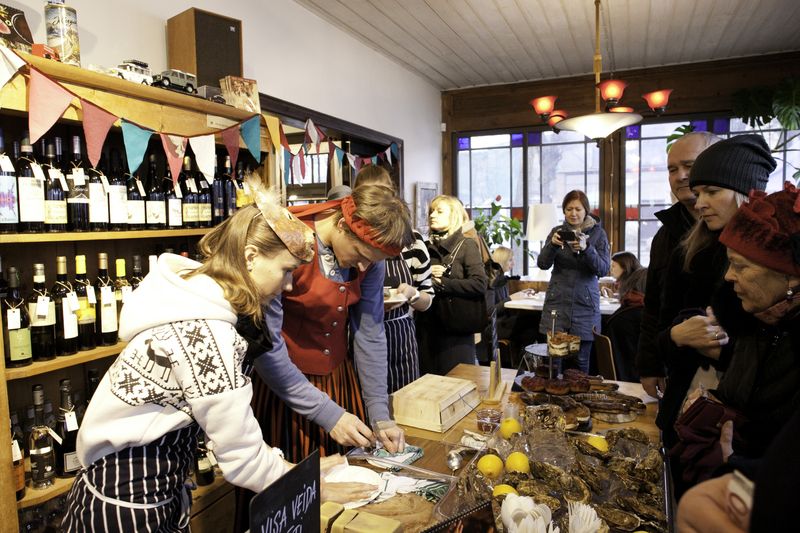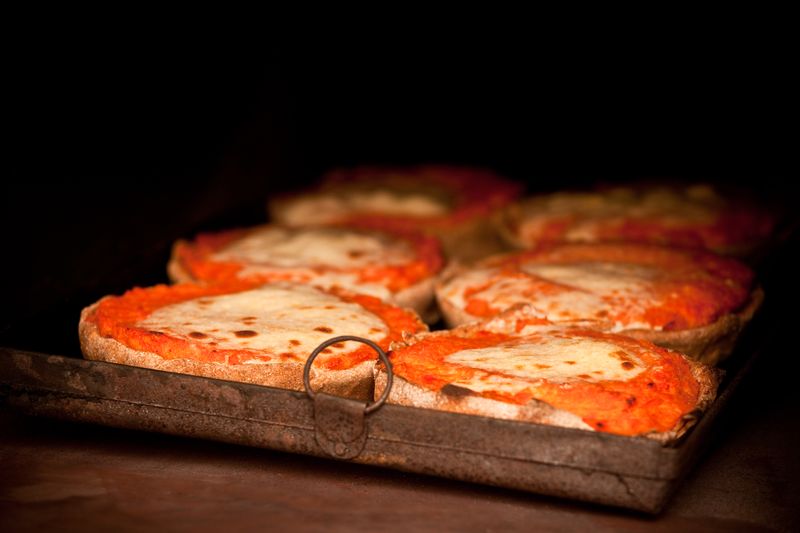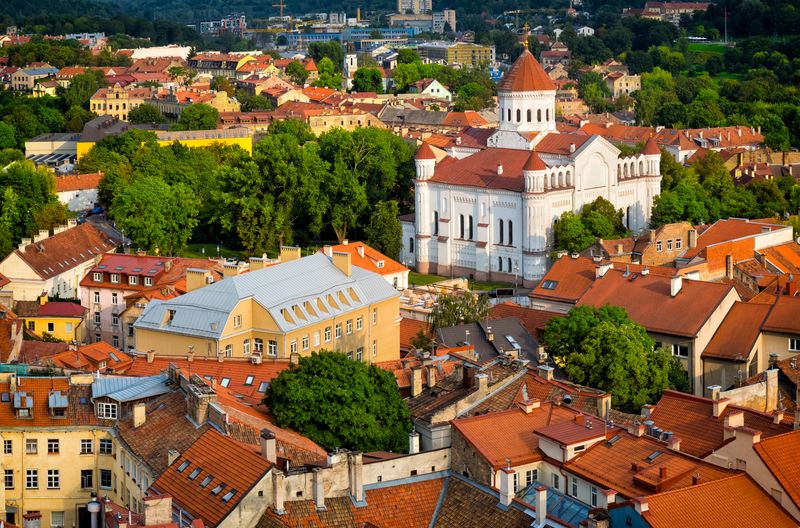From solstice bonfires to centuries-old songs, the Baltic countries of Lithuania, Latvia, and Estonia each boast unique traditions deeply rooted in their distinct cultural identities and traditions. These three nations along the eastern edge of the Baltic Sea have preserved their cultural identity through music, storytelling, craft, and seasonal rituals.
Whether you are wandering through a cobblestone Old Town or browsing a local market, the region’s unique heritage is never far from view. This guide explores the heart of Baltic culture through its festivals, folklore, and handmade treasures.
Celebrating the seasons through traditional festivals
Baltic folk festivals are deeply tied to seasonal cycles and ancient beliefs. Many blend pre-Christian rituals with modern interpretations, offering insight into how the region’s people connect with nature, community, and identity. These celebrations are more than performances — they are lived traditions.
Jāņi (Latvia)
The Latvian midsummer festival, Jāņi, takes place each year on 23 and 24 June. Aligning with the summer solstice, it honours this sacred time with wreath-making, bonfires, singing, and circle dances. Oaks, wildflowers, and fire are central symbols. Many people stay up through the night to greet the sunrise, believed to bring health and luck for the year ahead.
Joninės (Lithuania)
Lithuania celebrates midsummer with its own version, Joninės. Traditionally held in forested areas or by rivers, it features herb gathering, fire leaping and the symbolic search for the mythical “fern flower” believed to bloom only on this magical night and representing love and prosperity. It’s a time for reflection, romance and reconnecting with nature.
Meteņi (Latvia)
Meteņi, celebrated in early February, marks the end of winter and the start of spring. This pre-Lenten carnival involves masked parades, folk music, food and plenty of mischief. Costumes often represent animals, spirits and mythical creatures — all designed to chase away winter and welcome the warmth.
Riga City Festival (Latvia)
Held in August, the Riga City Festival celebrates the founding of Latvia’s capital. Streets and parks fill with open-air concerts, artisan markets, folk dancing and fireworks along the Daugava River. The event showcases both traditional and contemporary Latvian culture, with performances ranging from classical to jazz.
Song and Dance Celebrations (Lithuania and Estonia)
Both Lithuania and Estonia host massive national song festivals that bring together tens of thousands of singers and dancers. Lithuania’s event, recognised by UNESCO, takes place every four years and features performers in traditional costume. Estonia’s Song Celebration, held every five years since 1869, is one of the world’s largest choral events and a symbol of unity and resilience.
Folklore that reflects nature and identity
The Baltic countries have a strong tradition of oral storytelling. Much of their folklore reflects a close relationship with the natural world. Stories are filled with forest spirits, sacred groves and mythical beings that reveal the values and fears of earlier generations.
In Lithuania, tales of Laumės, or woodland fairies, are common. These nature spirits in Lithuanian mythology are known to be benevolent but can become vengeful if disrespected. Latvian mythology centres around Dievs, a sky deity associated with order, justice and prosperity. These stories live on in folk songs, known as dainas, often including poetic references to the moon, sun and seasons.
Estonia’s national epic, Kalevipoeg, tells the story of a giant hero who battles demons, travels through magical landscapes, and ultimately sacrifices himself for his people. You will still find references to this legend in Estonian museums and public art.
Did you know?
In Baltic mythology, trees were often considered sacred. Oaks, lindens and birches were believed to house spirits, and many ancient folk tales warn against cutting them down without offering a gift or saying a prayer first.
Handicrafts passed down through generations
Craft traditions are central to Baltic identity. Many of the skills used today have been taught within families for hundreds of years and are still practised in rural villages and urban workshops.
In Lithuania, handweaving is a respected tradition, playing a vital role in ceremonies and symbolising regional identities through their intricate patterns. Woven sashes called juostos are worn during ceremonies and often feature intricate patterns with symbolic meanings. These sashes are typically made using foot looms and natural fibres, with colour combinations that reflect regional identities.
Latvian crafts are rich in symbolism. You can find woollen mittens, belts and carvings that use ancient geometric motifs believed to offer protection or represent the elements. These designs often appear in festival costumes, textiles and homewares.
Estonian artisans are known for their knitted goods, especially patterned woollen mittens that carry regional designs. Weaving, woodturning and ceramics are also widespread, and many towns have craft markets where you can buy directly from makers.
Popular Baltic handicrafts to take home:
- Juostos (woven sashes) from Lithuania, often used in ceremonies and as decorative pieces
- Hand-knitted woollen mittens from Estonia and Latvia, featuring traditional regional patterns
- Latvian carved wooden ornaments with protective folk motifs
- Woven linen textiles such as table runners, scarves and tea towels
- Baltic amber jewellery, available in a range of raw and polished styles
- Ceramic mugs and pottery handmade by local artisans
- Traditional straw mobiles (known as sodai in Lithuania), often used in folk celebrations
Amber: Baltic gold with ancient roots
The Baltic Sea region is one of the world’s richest sources of amber. This treasured fossilized tree resin has been a valuable trade commodity since ancient times, prized for its beauty and believed healing properties. Often referred to as Baltic gold, amber has been used for thousands of years in jewellery, medicine, and religious artefacts.
You can find amber workshops and museums across Lithuania and Latvia. In Vilnius, for example, some stores allow you to watch artisans polish and shape amber into necklaces, earrings and small carvings. Each piece is unique, often containing ancient plant or insect inclusions that were trapped in the resin millions of years ago.
When buying amber, look for pieces with certificates of authenticity or buy from well-established sellers who work with local amber miners.
Did you know?
Baltic amber is around 44 million years old. Some pieces contain perfectly preserved insects, leaves or even air bubbles from prehistoric forests.
Local markets and craft fairs to explore
Markets in the Baltic region are excellent places to experience traditional crafts and food. These markets often take place in public squares or inside historic buildings and offer a mix of seasonal produce, folk art, and handmade souvenirs.
In Vilnius, the Kaziukas Fair is held each March and dates back over 400 years. Artisans travel from all over Lithuania to sell woven goods, ceramics, wooden toys, and honey-based treats.
In Riga, the Kalnciema Quarter Market is a popular spot for handmade crafts, natural cosmetics, and traditional food. The Old Town also hosts regular open-air fairs during public holidays.
Tallinn’s Masters’ Courtyard is a quieter alternative, where visitors can chat with glassblowers, jewellers and textile artists in restored medieval buildings.
Music as a thread of unity
In the Baltic countries, music is more than entertainment. It is a deeply rooted form of cultural expression that has helped preserve language, identity, and community through centuries of change, occupation, and resistance. From quiet village gatherings to mass choirs, music connects generations and continues to play a vital role in daily life.
Each country has its own musical character, but all three share a love for folk traditions. In Lithuania, the kanklės, a traditional plucked zither, is central to folk songs and storytelling, serving as a vital instrument in preserving the nation's musical heritage. Played during folk songs and storytelling performances, it is often accompanied by evocative layered vocal harmonies. Latvia has the kokle, used in both lively dances and haunting ballads. Estonia’s version, the kannel, is closely linked to the ancient runo-song tradition, a form of oral poetry passed down for centuries.
You don’t have to attend a major festival to hear this music. Many towns and villages have folk ensembles, choirs, and dance troupes that perform regularly at local events, especially around national holidays. Some restaurants and cultural centres also host live folk evenings, giving visitors a more intimate and immersive experience.
Even walking tours in the Old Towns of Vilnius, Riga or Tallinn may include stops at cultural spaces where traditional music is demonstrated or discussed. Music is not presented as something from the past — it remains a living part of Baltic culture today.
Our tours at Inspiring Vacations take you through the heart of the Baltic region (including Lithuania, Latvia and Estonia), offering the chance to experience local traditions, music and folklore in a truly authentic way.
A taste of Baltic cuisine
Food is a reflection of climate, history and available resources. In the Baltics, this means hearty, seasonal dishes that feature rye bread, potatoes, root vegetables, dairy, mushrooms and forest berries.
In Lithuania, cepelinai are large potato dumplings filled with meat or cheese and served with sour cream and bacon. Latvia is known for grey peas with bacon, often eaten during winter holidays. Estonia's cuisine reflects a blend of Nordic and Russian influences, exemplified by dishes like mulgikapsad—sauerkraut stewed with barley and pork—offering a hearty taste of the country's culinary heritage.
Local markets and bakeries often sell kūčiukai, small poppyseed biscuits associated with Christmas, or sklandrausis, a sweet carrot and potato tart that reflects Latvia’s agricultural heritage.
Must-try Baltic dishes:
- Cepelinai (Lithuania) – potato dumplings stuffed with meat or cheese, topped with sour cream and bacon
- Šaltibarščiai (Lithuania) – cold beetroot soup served with dill, cucumber and boiled eggs
- Grey peas with bacon (Latvia) – a winter comfort food made with hearty local peas and smoked pork
- Sklandrausis (Latvia) – a sweet tart made with rye dough, mashed carrot and potato filling
- Pīrāgi (Latvia) – soft pastries filled with bacon and onion, often served at celebrations
- Pickled herring (Estonia) – served with sour cream, onions and dark rye bread
- Mulgikapsad (Estonia) – sauerkraut stewed with barley and pork, a classic Estonian comfort dish
- Kama (Estonia) – a traditional flour mix made from roasted grains, often eaten with sour milk or yoghurt
- Kūčiukai (Lithuania) – tiny crunchy pastries with poppyseeds, traditionally served at Christmas
Cultural sites to deepen your experience
In addition to festivals and markets, there are many cultural institutions and landmarks that help visitors connect with Baltic traditions.
Vilnius Old Town is a UNESCO-listed district filled with churches, narrow streets and historic buildings. The nearby Hill of Crosses, covered in over 100,000 wooden crosses, is a moving symbol of Lithuania’s spiritual resilience.
In Riga, you can visit the Latvian Ethnographic Open-Air Museum, which offers visitors a glimpse into traditional rural life, featuring historic farmsteads, workshops, and cultural events that showcase Latvia's rich heritage.. Estonia’s Estonian Open Air Museum near Tallinn provides a similar look at rural life, including farmhouses, windmills and folk events.
Highlights of Baltic culture and tradition
From everyday rituals to once-in-a-lifetime celebrations, Baltic culture is woven through every part of life. Here’s a quick summary of what makes it so rich and rewarding to experience.
- Traditional festivals like Jāņi and the Song Celebration reflect the region’s strong communal spirit
- Folklore includes sky gods, forest spirits and epic heroes with deep ties to nature
- Handicrafts such as weaving, knitting and amber jewellery preserve centuries-old skills
- Markets and fairs offer a direct connection to local artisans and food traditions
- Music is a powerful force for cultural expression and national pride
- Cuisine is hearty and seasonal, often based on local produce and foraged ingredients
- Museums and landmarks provide valuable insights into daily life, history and belief systems
From ancient myths to handmade treasures, the Baltics is a region where culture is lived, not just remembered. Explore these traditions and more on your next adventure.
Our 23 Day Norway Winter Premium Small Group Tour with Baltic City Hop and 26 Day Norway Winter and Southern Fjords Premium Small Group Tour with Baltic City Hop both include time in Lithuania, Latvia and Estonia—offering a rich cultural introduction before heading north. Prefer to do the Baltic Hop on its own? Check out the 7 Day Premium Independent Baltic City Hop and enjoy the flexibility of independent travel with all arrangements made for you, and free time to explore at your own pace.
